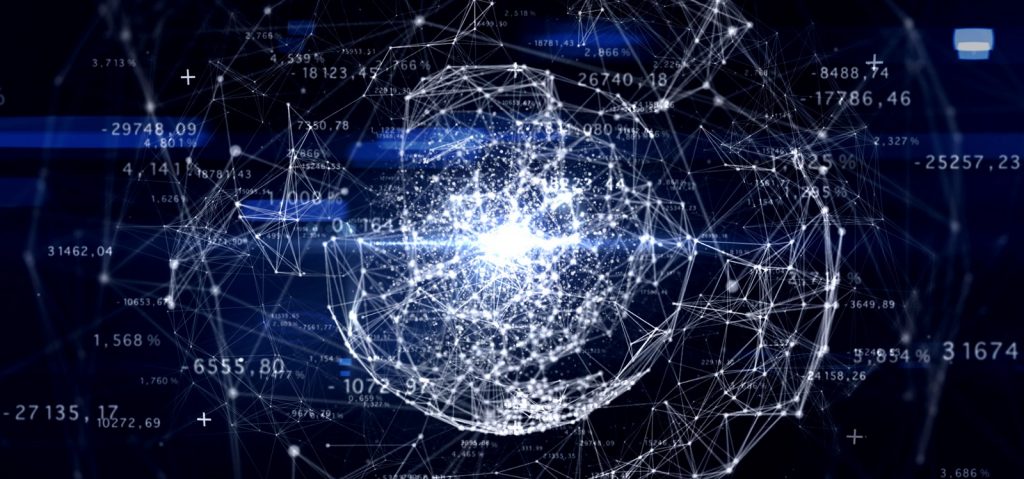
Beyond the Boom: Blockchain’s Uncertain, Potentially World-Changing Future
Blockchain inspires bitter detractors and unbound evangelists, who call it either the most over-rated or the least appreciated concept in the tech, finance and business worlds. Some say it’s akin to an ill-fated tech Tulip Craze. Supporters call it a revolutionary platform for changing the world as we know it. They believe it’s the early, imperfect first generation of a technology with long-term effects that won’t be known for years to come.
A recent article in The Observer by tech journalist Gian Volpicelli clears some of the hype and misconceptions about the burgeoning blockchain evolution—or even revolution—and dispels some of the growing industry’s myths while highlighting some early gains and promising concepts by today’s early adopters.
“[B]orn as the digital scaffolding for cryptocurrency transactions,” such as bitcoin, blockchain technology has long been associated in the public mind with the seedy implications of the cryptocurrency world: firstly as a means of illicit criminal transactions in the Bitcoin company’s early years, and in more recent years as a vehicle for cash-hungry scammers and doomed, naive investors. The so-called “Bitcoin Bubble” of 2017 saw the entire cryptocurrency and blockchain markets skyrocket to perilously unsustainable hype-driven speculation.
Despite its origin in the cryptocurrency world, however, blockchain has fast garnered legitimate business attention, expanding beyond the realms of dark-web criminality or obscure crypto-anarchists’ basement haunts. Because of the decentralized, secure and interconnected structure of blockchain networks, blockchain applications can “lead to efficiency, transparency and security” across a variety of industries from fintech and logistics to even voting technology and creative rights management.
Blockchain tokens may have uses beyond mere cryptocurrencies, and can be “inscribed with additional information […] representing anything from diamonds to title deeds; in this way blockchains could be repurposed as devices to verify property rights, or track products as they changed hands throughout the supply chain.”
Volpicelli gives a number of compelling examples of such innovate new uses for blockchain. One such arena is in the global supply chain, where blockchain might not only allow for business to more precisely track chains of supply and custody, but could also provide meaningful uses for customers too, such as ensuring “that the shirt we are wearing was not manufactured using child labor, or that the jewel in our wedding ring is not a blood diamond,” or proving “ethical and safe sourcing” of everyday products such as fish or fabric whose provenances were previously unknowable to most consumers.
Other forthcoming blockchain applications the article cites include creating an unhackable network for voting machines, ways to ensure musicians and other artists are paid properly for use of their creative catalogs, and even—in an ironic turn—as a way of potentially overhauling how “bitcoin’s original designated victims” in the banking and financial sectors handle transfers and remittances.
Blockchains, for all their promise, still suffer some early issues, including speculation on whether or not they’re even necessary given that similar goals can be achieved with existing technology. Volpicelli cites some of the industry’s present critiques. Even a blockchain CEO, Jaime Burke, says that “I don’t think any meaningful application will be built on the blockchain for at least two or three years.” David Gerard, author of Attack of the 50 Foot Blockchain, goes so far to assert, “I have seen no use cases for blockchain; there’s nothing that a blockchain in particular brings to the party.”
Additionally, most blockchain networks at present lack the scalability for widespread industrial use and are fraught with wasteful energy consumption:
The technology is still too slow to be used on a large scale: Ethereum can only process about 15 transactions per second compared, for instance, to Visa’s 2,000. Mining, the verification process that keeps blockchains trudging on, is a carbon-generating disgrace⎯Iceland uses more electricity for mining bitcoin than it does in powering its households.
For more, including detailed information about specific companies furthering blockchain use, read on at The Guardian.
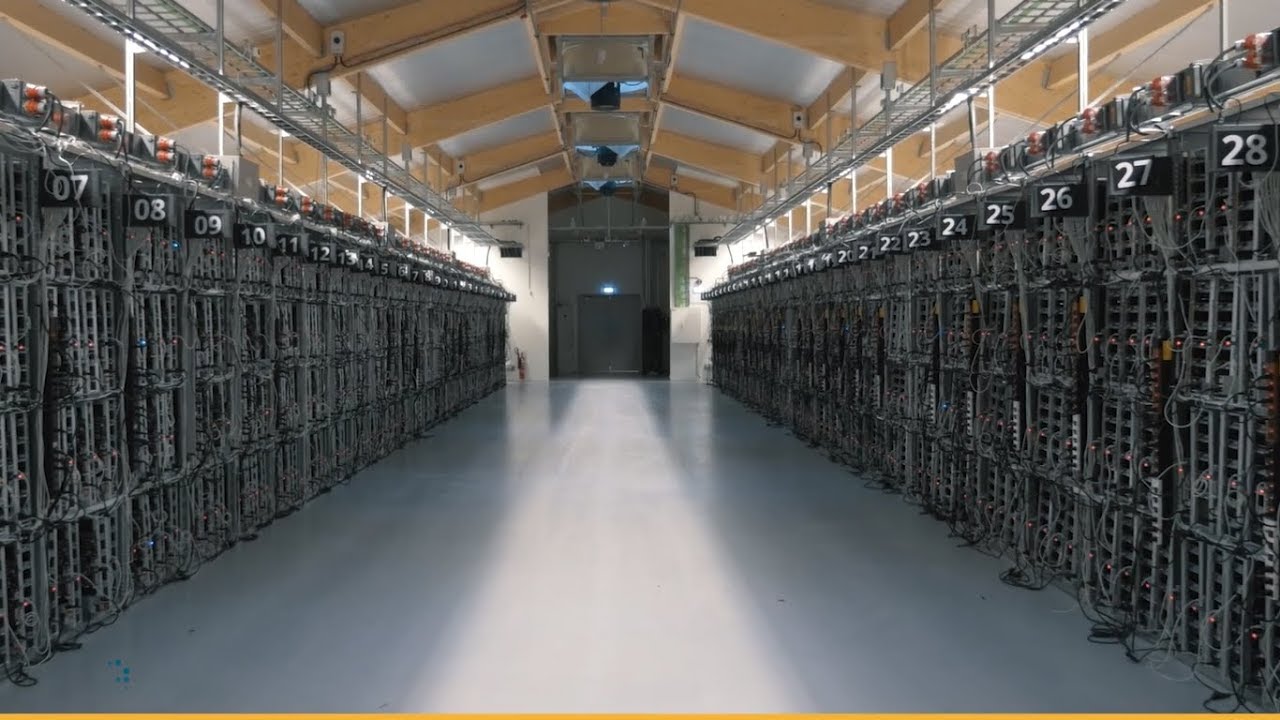
The Genesis Mining Farm in Iceland houses thousands of GPUs to mine bitcoin and ethereum 24 hours a day.

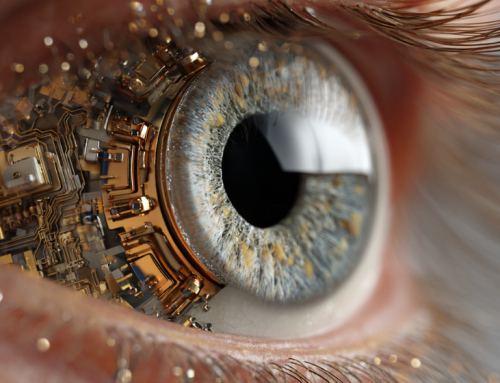

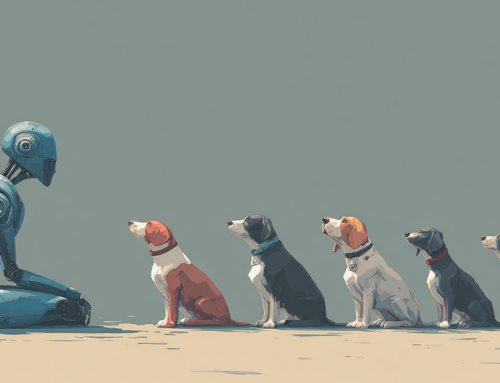
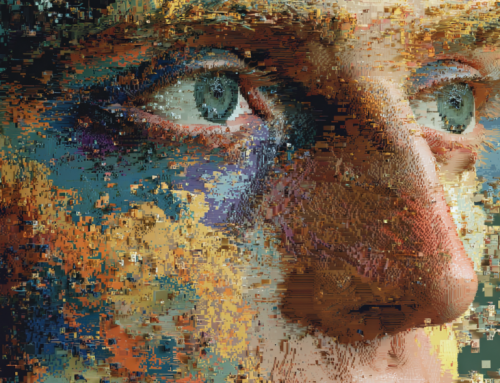


Leave A Comment